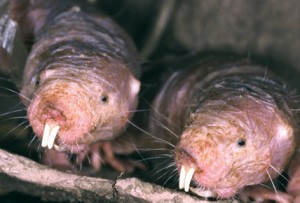Most people have heard a parrot imitate human language, but other than that, has anyone even imagined a talking elephant? Neither did the elephant trainer in Everland, an amusement park in Seoul, Korea when he first heard someone talking in an elephant cage, where no one was inside… Except Koshik, a 16-year-old elephant. This asian elephant was first heard “talking” in Korean words in 2006, but only recently has the research begun to find out why and how human words are produced from this unusual source. The researchers believe that Koshik was able to mimic the sound of Korean language by close interaction with the trainer throughout his juvenile days, when he was the only elephant in Everland. The team say that the juvenile ages for elephants are crucial for the their social behaviour and development, but since all he got to bond with was his trainer, he ended up with this fascinating trait.
Koshik’s vocabulary consists of five Korean words, “annyong,” “anja,” “nuo,” “choa” and “aniya”, meaning “hello,” “sit,” “lie down,” “good” and “no.” These words Koshik was able to produce were the most common words said by the elephant trainer, backing up the evidence that Koshik was able to make these sounds due to very close human interaction. He wasn’t the only elephant claimed to produce human speech, as there was an elephant that apparently could produce Russian words, but it was never scientifically investigated.
What is really interesting about Koshik is that, elephants, can not morphologically “say” those words that he is producing. Elephants have trunks, instead of lips, so they can not produce any pronunciation. They also have long larynx, only able to create a low-pitch noise. Koshik, however puts trunk in his mouth to produce this sound. Angela Stoeger, a head researcher says that it is very surprising to see that Koshik is able match both pitch and timbre of human voice, which are the two most important aspects. The accuracy of the pronunciation was confirmed by native Korean speakers writing down what they heard on the recorded playback.
Koshik’s new language skill, not yet used by any other elephants lead to a very important insight as Stoeger and her researchers dig deeper as how exactly this elephant is able to make this sound, why this elephant decided to do so, and his remarkable intelligence.

Mokhan Kim






